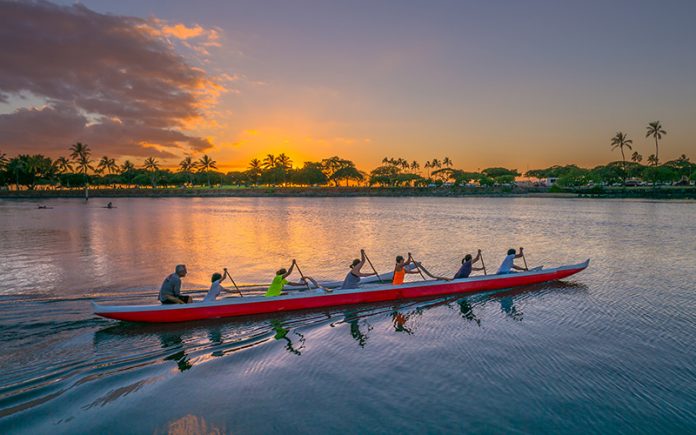Many consider canoeing to be a good activity for having some quality time. They also make great vehicles for fishing in lakes and rivers. But honestly, as a thrill seeker, this was not enough for me. Literally, like Moana, I felt the sea was calling out to me and I needed to go on an adventure, but I didn’t know how. At first, I thought it was a crazy idea going on a solo sea adventure. I mean, how could I possibly convince my fearful friends to go on a sailing spree to the unknown with me? However, the inner sailor in me eventually decided to try her luck going solo anyway. I bought myself a single-person outrigger canoe as soon as I made up my mind and since then I never looked back. In fact, once I had my sailing pictures on the social media, my friends caved in and decided to try canoeing as well in the top canoeing spots in the US. We now often go for canoe racing among ourselves or take part in various competitions to keep our adrenaline level up.
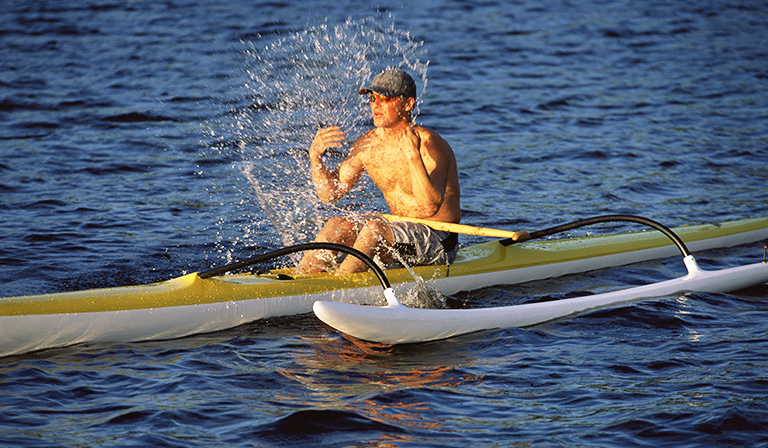
Sounds fun, doesn’t it? Well, unless you’re afraid of water or don’t want a risky, thrilling experience, an outrigger canoe is what you need. Outrigger canoes are a major form of transport in East Africa, Philippines, Malaysia, Indonesia, New Zealand, Hawaii, Micronesia and the Polynesian Islands. Sri Lankans and people in Andaman and Nicobar Islands often use outrigger canoes for fishing and other purposes. Only recently, outrigger canoes have transformed from being a traditional heritage and transport medium to a recreational sports and racing phenomenon. In fact, outrigger canoe racing is the national sport of Hawaii!
If you are someone who wants to know what it feels like racing an outrigger canoe out in the deep sea, you should first know a few basics of why outrigger canoes are the coolest boats around.
What are Canoe Outriggers?
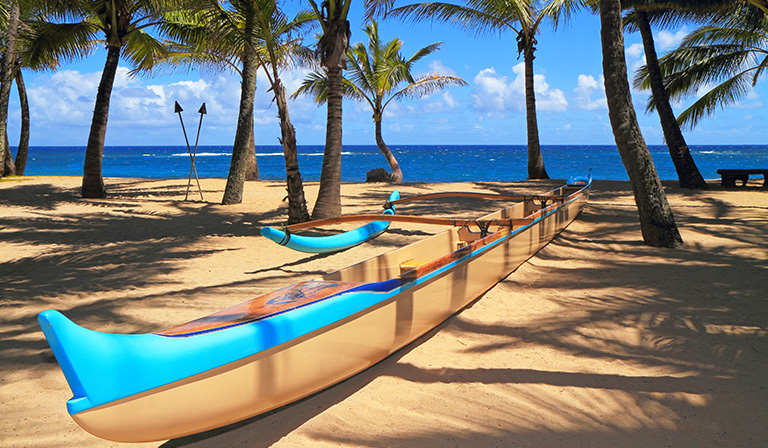
Outriggers are support floats positioned laterally that are attached to one or both sides of the hull. There could be single or double outriggers. There are few categories of canoe outriggers based on the number of seats. The single-person outrigger canoe is the most common one for recreation and it has only one seat, though the maximum number of seats on an outrigger is six. These six-person outrigger canoes can also be joined together to form catamarans!
Pedaling Practice: Why Should You Use Outrigger Canoes
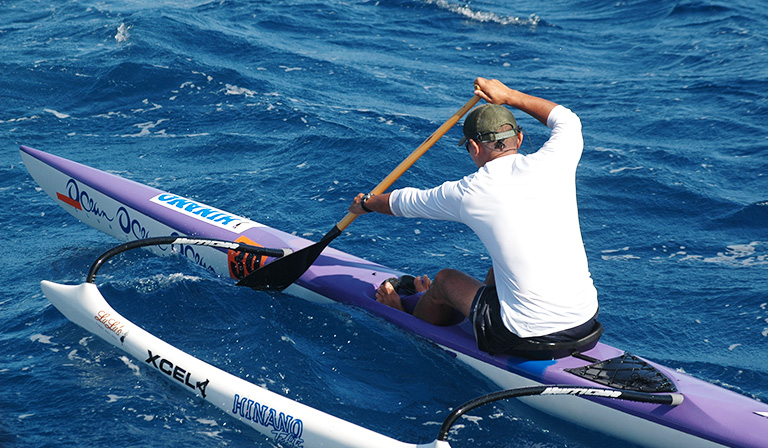
Outrigger canoes, whether you are solo or with a bunch of people, will help you better understand the type of water you are dealing with. With an outrigger canoe, you can easily tell whether the water below is smooth, choppy, light or swelling up a surf. The outrigger canoe paddles are perfect for the pedaling practice. You can go canoeing with your crew and realize that you must have similar stroke mechanics and similar endurance levels. For sprint racing, this is quite important.
Going Solo with the Single-Person Outrigger Canoe!
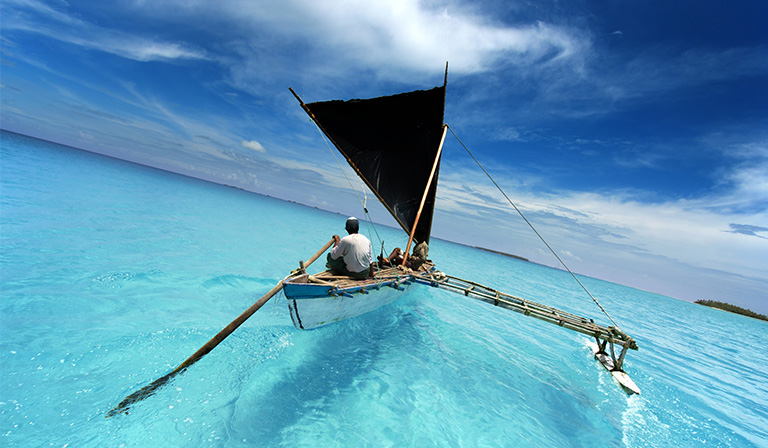
This is what I actually did and I don’t regret it at all! It has only one seat and is designed in a way that can accommodate only one person. The seat is in the middle so that the rider gets a better balance and the weight is mostly focused on the center. These canoes can be as long as 27 feet or as small as 19 feet. The weight of these canoes depends on the materials the canoe is made of. If the material is standard fiberglass then you can expect the weight to be up to 44 pounds. But if the canoe is made of composite materials it could be less than 26 pounds.
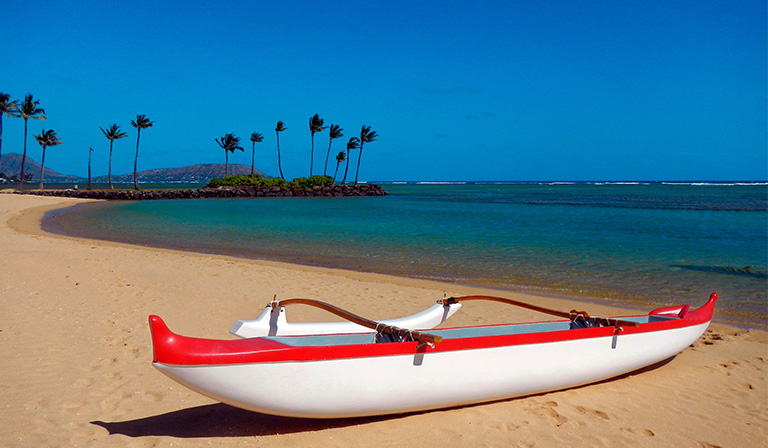
Although the word lightweight does sound like a good thing, make sure you get a canoe with the best materials without having to compromise the durability, stability, and strength. You will need a strong canoe to survive though waters, but it should also be lightweight so that you don’t spend too much energy running the paddles. These canoes may or may not come without the rudders operated by foot pedals. There are also various kinds of OC1 canoes, but more importantly, before using one you should decide what water type and water level you want to set sail on. You should also decide the kind of hull that’ll go with your canoe, which depends on the water conditions. Lastly, you should choose the length of the canoe that you’re most comfortable with.
Hangout with Your Friends Using the Six-Person Outrigger Canoe
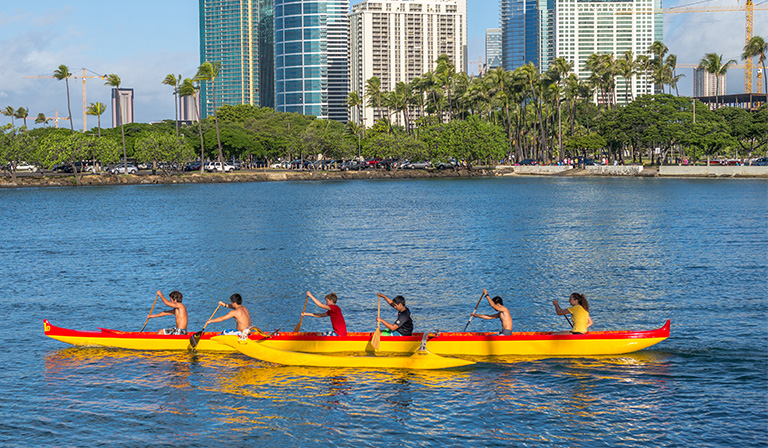
A six-person outrigger canoe is also called an OC6. There are certain features of this type of canoe. The paddlers must sit in line facing towards the travel direction towards the bow of the canoe. Seats are numbered, with 1 being closest to the bow and 6 being the farthest away. The steersperson has to sit at seat number 6 whose main job is to steer the canoe directions. The paddler sitting on the seat number 1 is called a ‘stroker’ whose job is to set the pace of the paddle strokes. The stroker should have more paddling endurance to keep the number of strokes in the given amount of time according to the water conditions.
The paddler on seat 2 can also help in steering. Paddlers on seats 3 and 4 are called ‘powerhouses’ because these two have to be the strongest paddlers. One of them also has to be a ‘caller’ who decides when to switch their blades or change the stroking rate. This person ought to have serious leadership skills.
Thinking of Racing?
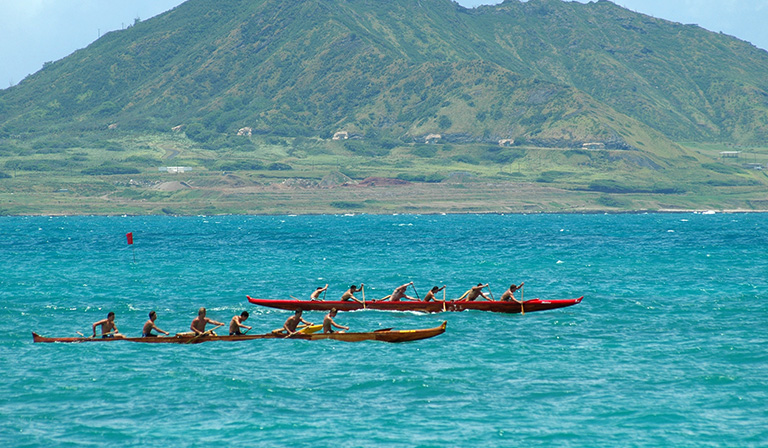
There are a number of outrigger canoe racing events that go on all year round in the United States, the most famous ones being in Tahiti and Hawaii. The length of sprints vary, depending on the type of the outrigger canoe. The OC1 races are usually between 250 meters and 500 meters while the OC6 and OC12 canoes can be used to race in lengths of 500 to 2000 meters. There are some marathons that run up to 42 kilometers or even more. Usually, five to eight kilometers are held for the novice boat paddlers and those aged below twenty years. If you are up for it then you can surely try!
The OC6 races are pretty interesting to watch. A total of nine crew members go as a team. Six people stay on the boat, while three of them stay on an escort boat. These three rest, sleep, eat or drink and when the time is right, they can replace the crew members on the canoe. This is called ‘water change’. Replacements happen every half an hour.
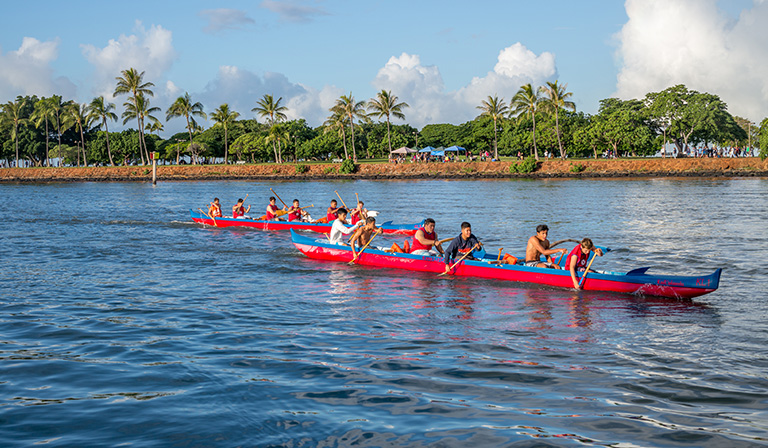
The Catalina Crossing US Outrigger Championships allow replacements, but this does not happen in every tournament. Races in Northern California involving OC1 do not allow rudders. Paddlers and crews can be classified with age and gender. For example, other than the men and women categories, there are coed options. There are race categories for under 19s, under 16s and in open division as well that includes any age. Some races are classed based on the experience. If you’re a rookie, you can sign up for the novice divisions. In Hawaii, a particular type of outrigger canoe called ‘koa’ is used as a separate racing category!
You can get in touch with the following organizations for upcoming outrigger canoe racing and marathon events going to be held across the United States:
- East Coast Outrigger Racing Association
- Southern California Outrigger Canoe Association
- Northern California Outrigger Canoe Association
- Hawaiian Canoe Racing Association
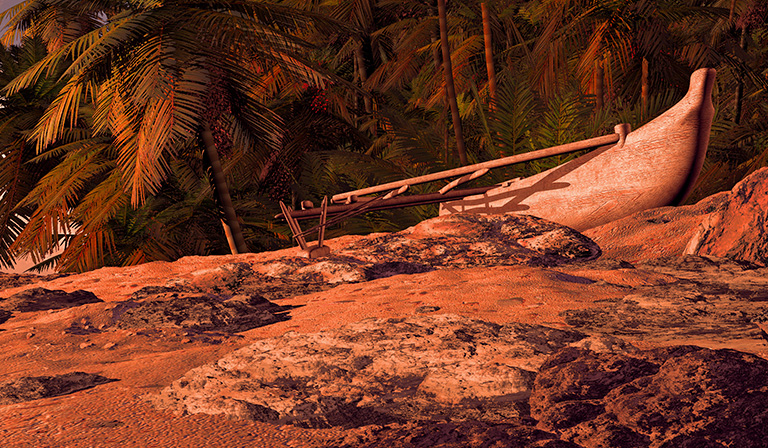
The outrigger canoe is not just any other boat out there, it has a history that dates back to 5000 years. Polynesian myths indicate that it used to be made as an offering to gods. The launch of the boats used to be celebrated by villagers in grand festivities. When the Europeans, especially the French first found these canoes, they began using them for recreational activities. However, the actual sports racing began late in the 1950s.
With the technological developments and the combination of the various material compositions, different types of canoe are now much more capable of being durable, lightweight and quick. Lagoon sprinting and sea fishing using outrigger canoes are now becoming more popular than ever. Not just racing or fishing, simple canoeing with an outrigger canoe has now become quite a hobby among the boat lovers as well as the fitness enthusiasts.


